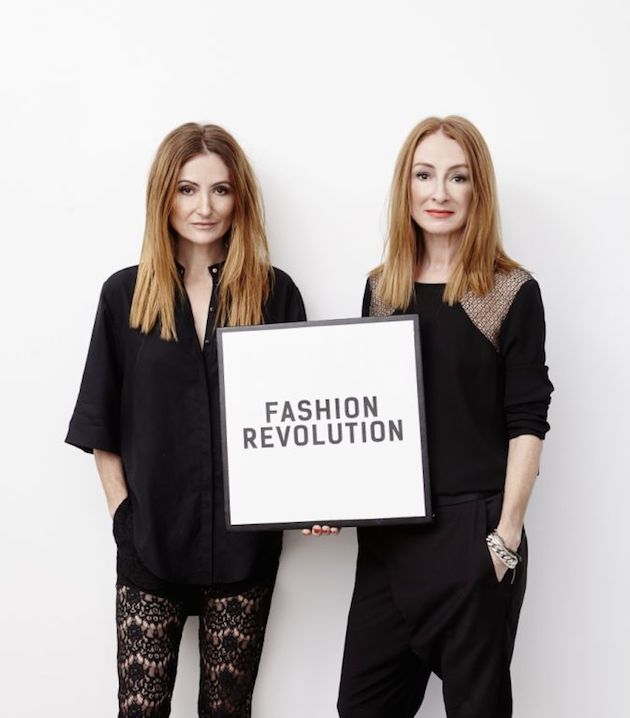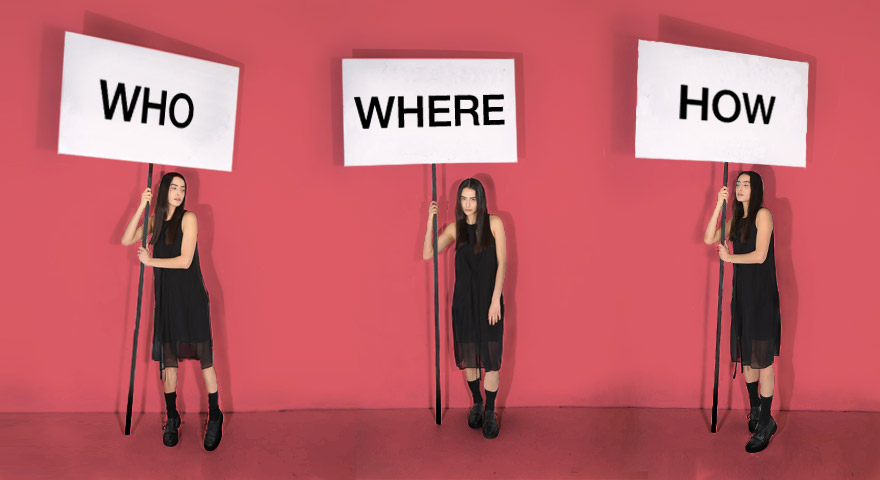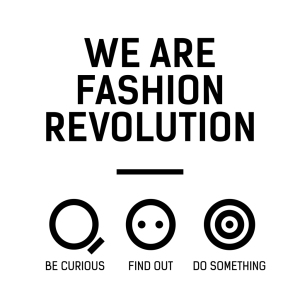It’s time for us to say farewell to fast fashion by teaching ourselves to embrace the reworked, recycled and minimalist wardrobe of ethical fashionistas…
When 1,133 garment workers were killed and over 2,500 were injured in the collapsed Rana Plaza factory in Dhaka, Bangledesh on April 24, 2013, there were collective gasps of horror globally. It was this tragic event that prompted ethical fashion advocates Carry Somers and Orsola De Castro to start their organisation The Fashion Revolution (TFR), a movement which aims to unite like-minded individuals seeking systemic reform of the fashion supply chain. Social and environmental catastrophes in our fashion supply chains continue today and the fashion revolution has said enough is enough.

TFR believes that it can use the power of fashion to inspire change and reconnect the broken links in the chain of supply. This global movement shows the world that change is possible and celebrates all those on board for creating a more sustainable future. From the official website:
“Our mission: we believe in fashion – an industry which values people, the environment, creativity and profits in equal measure and it’s everyone’s responsibility to ensure that this happens.”
#Whomademyclothes is the number one topic trending globally on Twitter, and is a campaign by TFR that gives us the opportunity to reflect on the welfare of the workers who make the clothes that we wear. The theory of this revolution is that companies will see this outbreak of consumer demand for transparency and as a result, release information about where their clothes actually come from… a sweat shop in Bangladesh versus an LA factory. Who makes them? Malnourished children and lastly, how much are they paid? $2 an hour.
“We have incredible power as consumers, if we choose to use it.”
Want to know how you can make a difference and become a fashion warrior?
Firstly, educate yourself: knowing the realities of where your clothes come from is the first step to changing the way in which you consume fashion. Secondly, identify your icons. For instance, leading with her environmental activism, Vivienne Westwood – the woman who first said – “buy less, choose well and make it last” has been one of the most iconic fashion environmentalists of our time, alongside model activist Lily Cole. Both of these icons believe that fashion can be used as a platform to generate a healthy change. Follow this wisdom by looking at labels, researching what the clothes are made of and purchasing sustainable, quality products, because you’ll be doing your bit in slowing down our fast fashion industry. Also, get thrifty and turn your attention to pre-loved. Buying recycled clothing will not only fight back towards mass production, but will also save you money, providing vintage inspiration without skimping on style.
Mahatma Gandhi said:
“Be the change you wish to see in the world.”
If we wish to transform fast fashion, we need to start with ourselves and bounce off of that impact. This is an ongoing commitment to bring clarity to the global fashion industry, and we’re on board.









